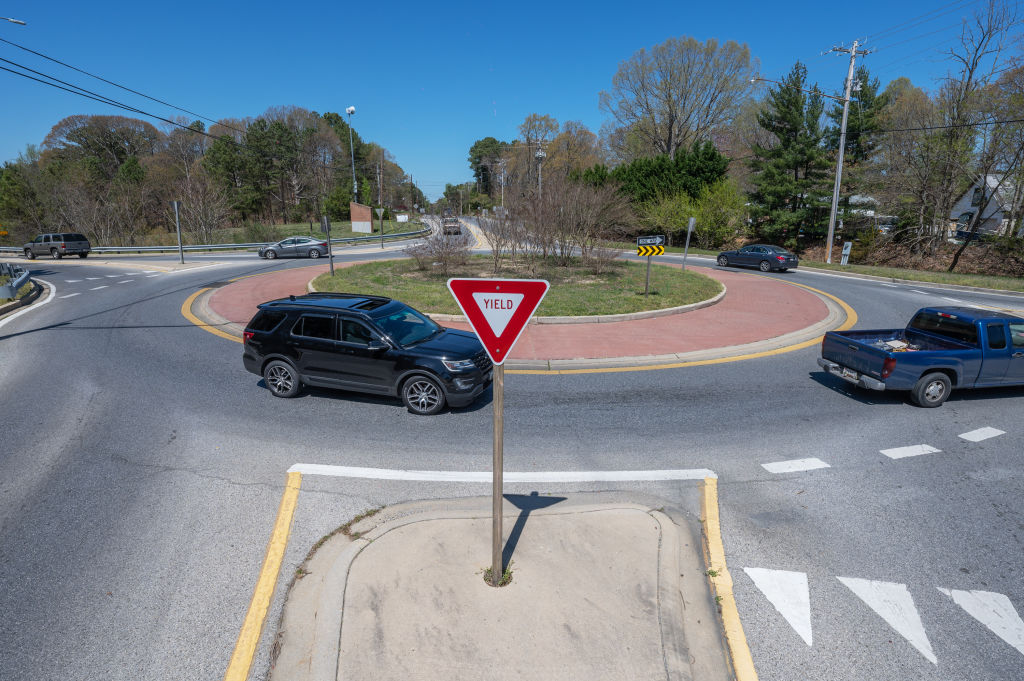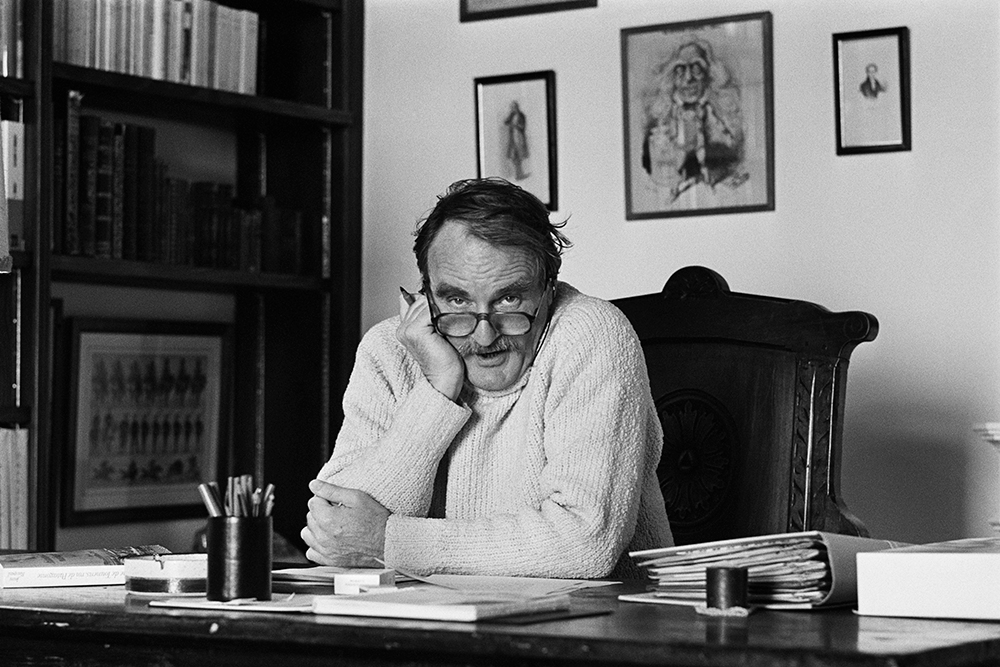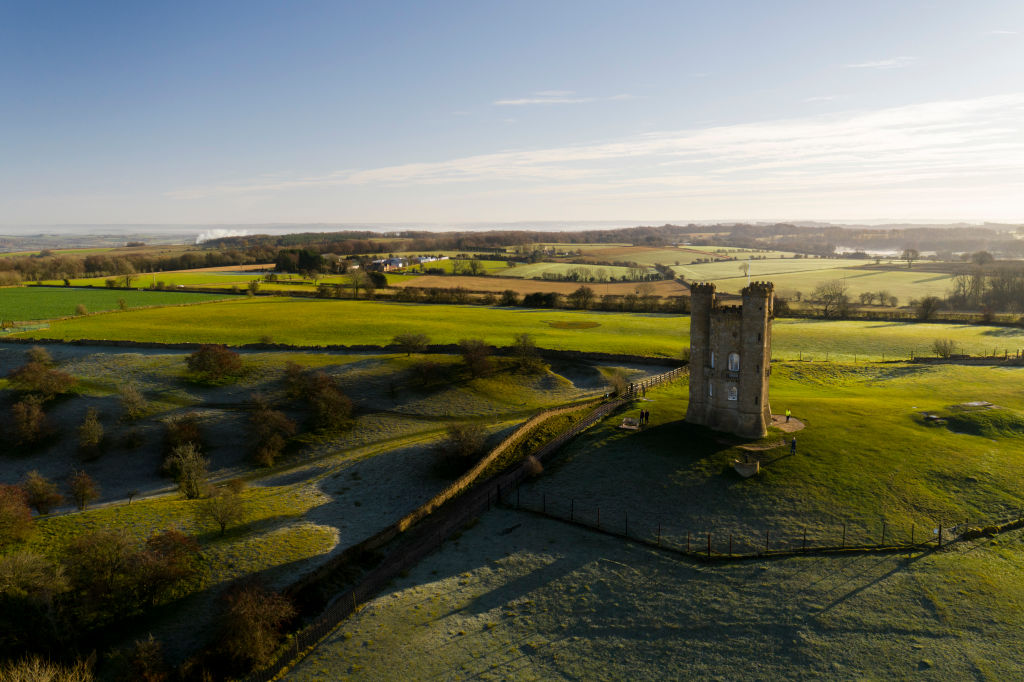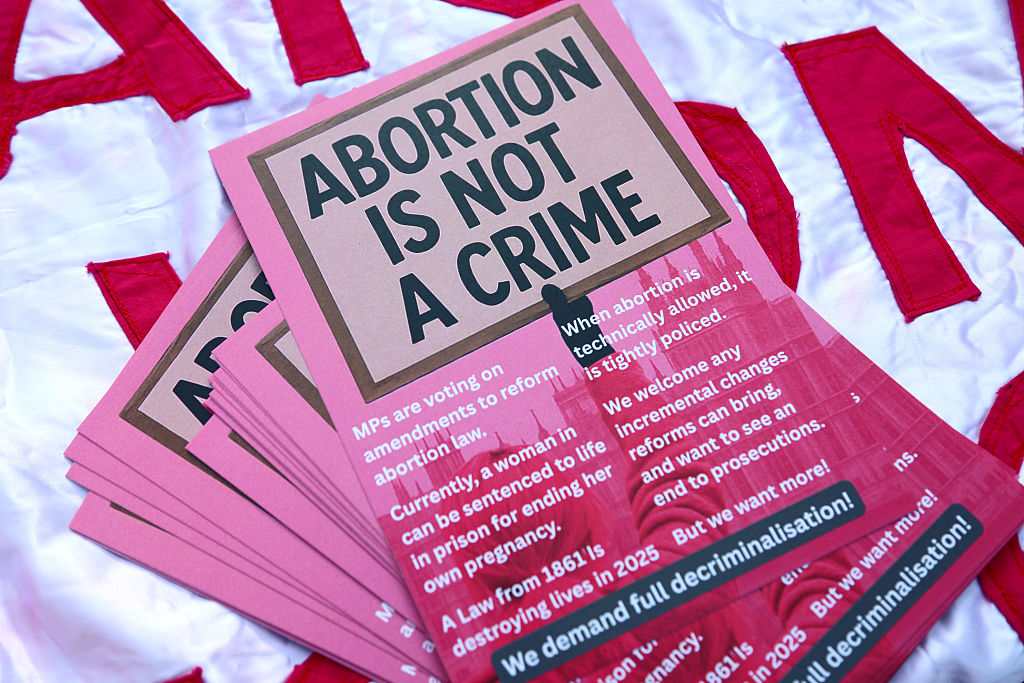Talk to a Brit about their preference in social structures, and the first thing they’ll likely tell you, as an American, is that you’re wrong. Whether it’s healthcare or guns, public transport or urban walkability, the American way of being is often at odds with our English cousins, and indeed the rest of the Europe. While we mostly resist conforming, the quietly irksome traffic circle – or, yeesh, “roundabout” – is quickly taking root in America’s vast suburban sprawl. And you could soon find yourself in a pile-up before you even know it.
Europe’s favorite novelty is still relatively rare in America, but they are springing up fast. The UK has over 25,000 roundabouts, while the entire US has only about 11,000. Yet that figure has doubled over the last ten years.
The push for roundabouts comes – surprise, surprise – primarily from federal bureaucrats in the Department of Transportation, with the usual tenets of safety, efficiency and environmentalism cited as a reason to overhaul the pre-existing traffic light system.
Having lived in the UK myself for several years, I know roundabouts work in a quiet countryside or a city that’s regulated cars nearly out of existence. But funnel multi-lane traffic into one at the end of a commercial strip with no less than three McDonalds, and you’re in store for a little thing Americans like to call: fuck around and find out.
In absolute terms, the US has a massive number of vehicles on the road: 850 cars per thousand people – while the UK trails behind with 603. The average American drives 1.98 times more miles than the average Brit. And of course, America’s unique love affair with the oversized SUV makes navigating the roundabout’s tight turns all the more difficult.
The Federal Highway Association designates roundabouts as “one of nine proven safety countermeasures,” based on a 2001 study that showed “[f]ewer crashes, 90 percent fewer fatalities and 75 percent fewer injuries” compared to conventional intersections.
But the “dirty little secret” of traffic planning is that they lead to far more crashes overall, according to Letty Schamp, an Ohio-based engineer who spearheaded roundabouts in the Columbus suburbs. A two-lane roundabout she helped install has seen a whopping 660 crashes since it opened in 2012 – more than 82 incidents each year compared to only eight per year in the original intersection.
So it seems that highway planners are trading relatively few serious accidents for a hell of a lot more new fender benders.
The neurotic obsession with safety is all so reminiscent of the federal thrust around masks, social distancing and the jab, touting the carefully established benefits without ever even stopping to consider critical trade-offs or countervailing evidence.
The strongest practical argument against roundabouts is simply that the US is too late to the party: while the UK standardized roundabouts in 1966 as its modern road system developed, our traffic light system is just too entrenched to significantly alter at this point – even if it can theoretically prevent a few hundred fatal accidents a year.
Whatever the merits of the safety debate, it’s safe to assume our cosmopolitan class loves the roundabout because it keeps their federal funding flowing while giving them another hit of that sweet unearned sense of superiority; that’s nothing new in American life, and it’s not just confined to the coasts. Sure, your typical “coastal elite” has more in common with their European counterparts than they do their fellow countrymen, but even flyover America and the furthest reaches of the suburbs aren’t immune. If you’re an educated professional bringing your elite city planning knowledge to a small, poor town, the fastest way to prove to yourself you’re better than your surroundings is to model yourself on a caricature of what you think Western cosmopolitanism looks like.
What it all boils down to is, ironically, a rather provincial notion that anything European is sophisticated, elegant, far superior – while America is permanently tainted by its backwardness.
So a Brit may say I’m ignoring the evidence, that I simply lean on a stubborn Americanism that the rest of the world hates us for. To this I say right back at you: our would-be cosmopolitans don’t respect American customs, nor do they care to understand them, and they certainly don’t bother with the wishes of the constituents they ostensibly serve. Insisting otherwise, that we simply must follow your lead, is imbued with the arrogance Europeans always accuse us of.
We’re Americans, and we’re not going to be bullied post-hoc into a new way of doing things. And if that means occasionally idling at a stop light for a few minutes? Well, we’ve certainly paid a larger price for freedom before.
Europe’s favorite novelty is causing pile-ups in the US
The irksome traffic circle – or, yeesh, ’roundabout’ – is quickly taking root

A roundabout in Lusby, Maryland (Getty)
Talk to a Brit about their preference in social structures, and the first thing they’ll likely tell you, as an American, is that you’re wrong. Whether it’s healthcare or guns, public transport or urban walkability, the American way of being is often at odds with our English cousins, and indeed the rest of the Europe. While we mostly resist conforming, the quietly irksome traffic circle – or, yeesh, “roundabout” – is quickly taking root in America’s vast suburban sprawl. And you could soon find yourself in a pile-up before you even know it. Europe’s favorite…

























Leave a Reply